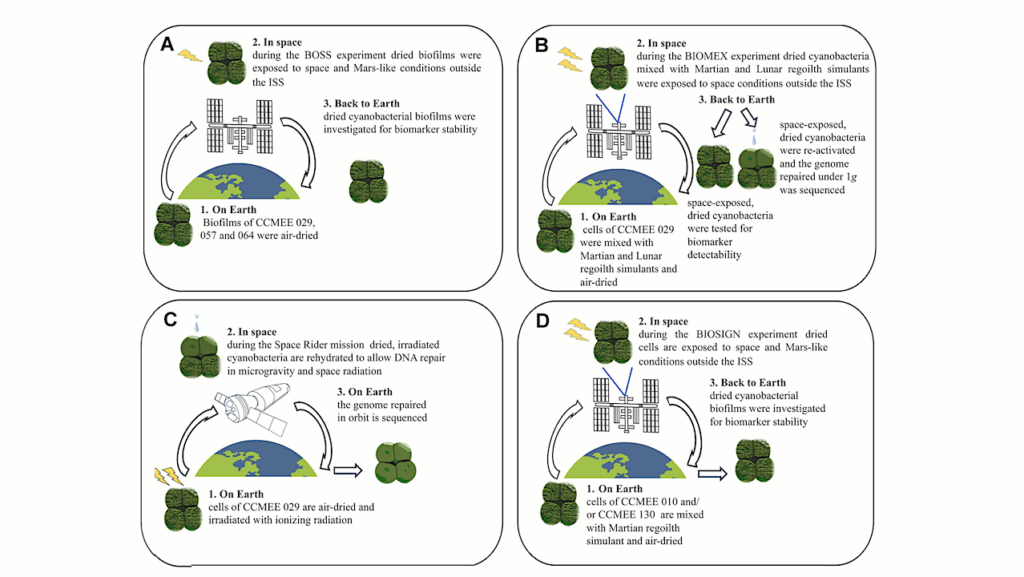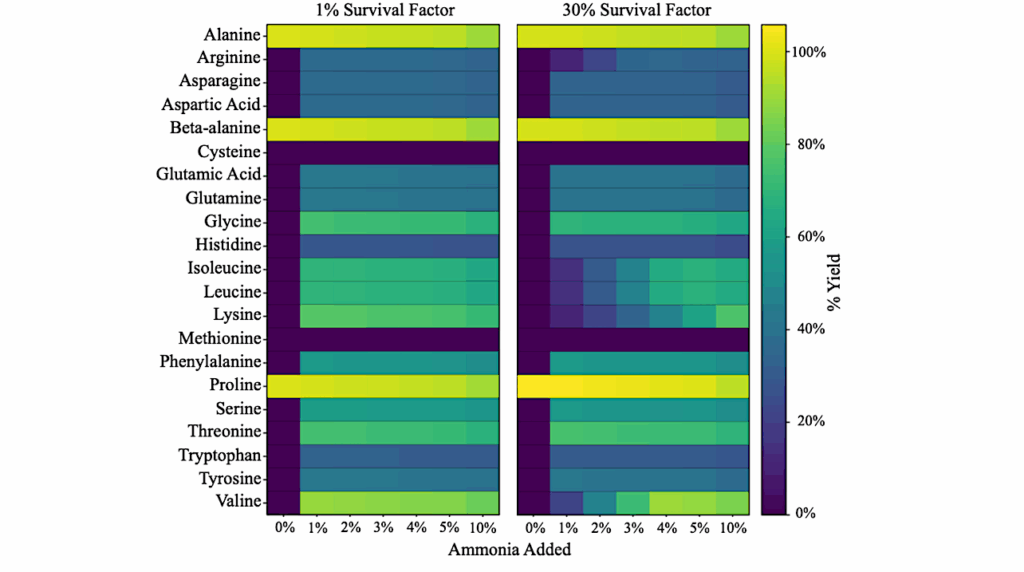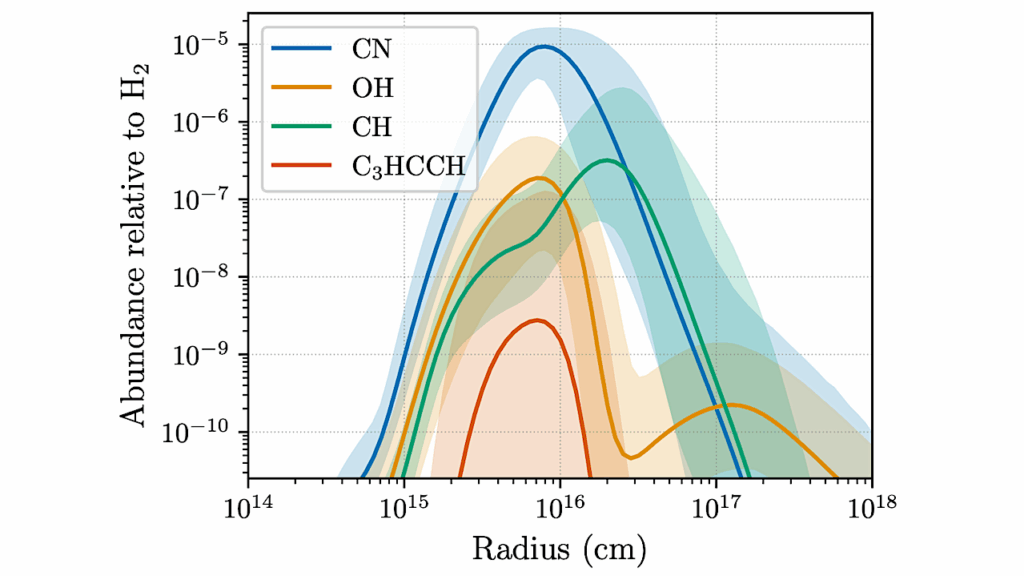Phosphine as a Biosignature Gas in Exoplanet Atmospheres

A long-term goal of exoplanet studies is the identification and detection of biosignature gases. Beyond the most discussed biosignature gas O2, only a handful of gases have been considered in detail.
Here we evaluate phosphine (PH3). On Earth, PH3 is associated with anaerobic ecosystems, and as such is a potential biosignature gas on anoxic exoplanets.
We simulate CO2− and H2−dominated habitable terrestrial planet atmospheres. We find that PH3 can accumulate to detectable concentrations on planets with surface production fluxes of 1010-1014 cm−2 s−1 (corresponding to surface concentrations of 10s of ppb to 100s of ppm), depending on atmospheric composition and UV flux. While high, such surface fluxes are comparable to the global terrestrial production rate of CH4 (1011 cm−2 s−1) and below the maximum local terrestrial PH3 production rate (1014 cm−2 s−1). As with other gases, PH3 can more readily accumulate on low-UV planets, e.g. planets orbiting quiet M-dwarfs or with a photochemical UV shield.
If detected, PH3 is a promising biosignature gas, as it has no known abiotic false positives on terrestrial planets that could generate the high fluxes required for detection. PH3 also has 3 strong spectral features such that in any atmosphere scenario 1 of the 3 will be unique compared to other dominant spectroscopic molecules. PH3‘s weakness as a biosignature gas is its high reactivity, requiring high outgassing for detectability. We calculate that 10s of hours of JWST time are required for a potential detection of PH3. Yet because PH3 is spectrally active in the same wavelength regions as other atmospherically important molecules (e.g., H2O and CH4), searches for PH3 can be carried out at no additional observational cost to searches for other molecules relevant to exoplanet habitability.
Clara Sousa-Silva, Sara Seager, Sukrit Ranjan, Janusz J. Petkowski, Zhuchang Zhan, Renyu Hu, William Bains
(Submitted on 11 Oct 2019)
Comments: Accepted to Astrobiology. Expected publication info: Volume 20, Issue 2
Subjects: Earth and Planetary Astrophysics (astro-ph.EP)
Cite as: arXiv:1910.05224 [astro-ph.EP] (or arXiv:1910.05224v1 [astro-ph.EP] for this version)
Submission history
From: Sukrit Ranjan
[v1] Fri, 11 Oct 2019 14:48:57 UTC (6,547 KB)
https://arxiv.org/abs/1910.05224
Astrobiology, Astrochemistry








